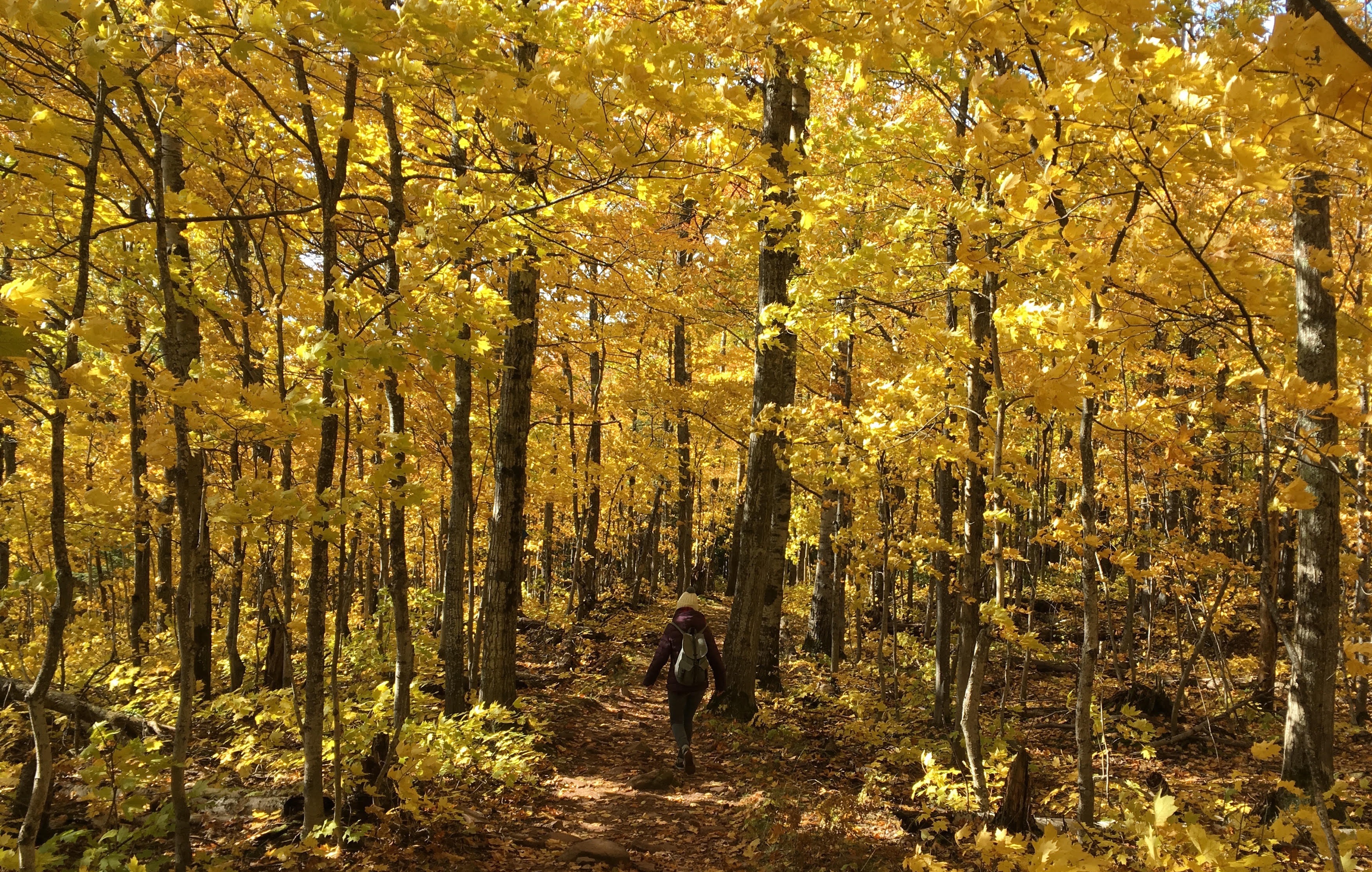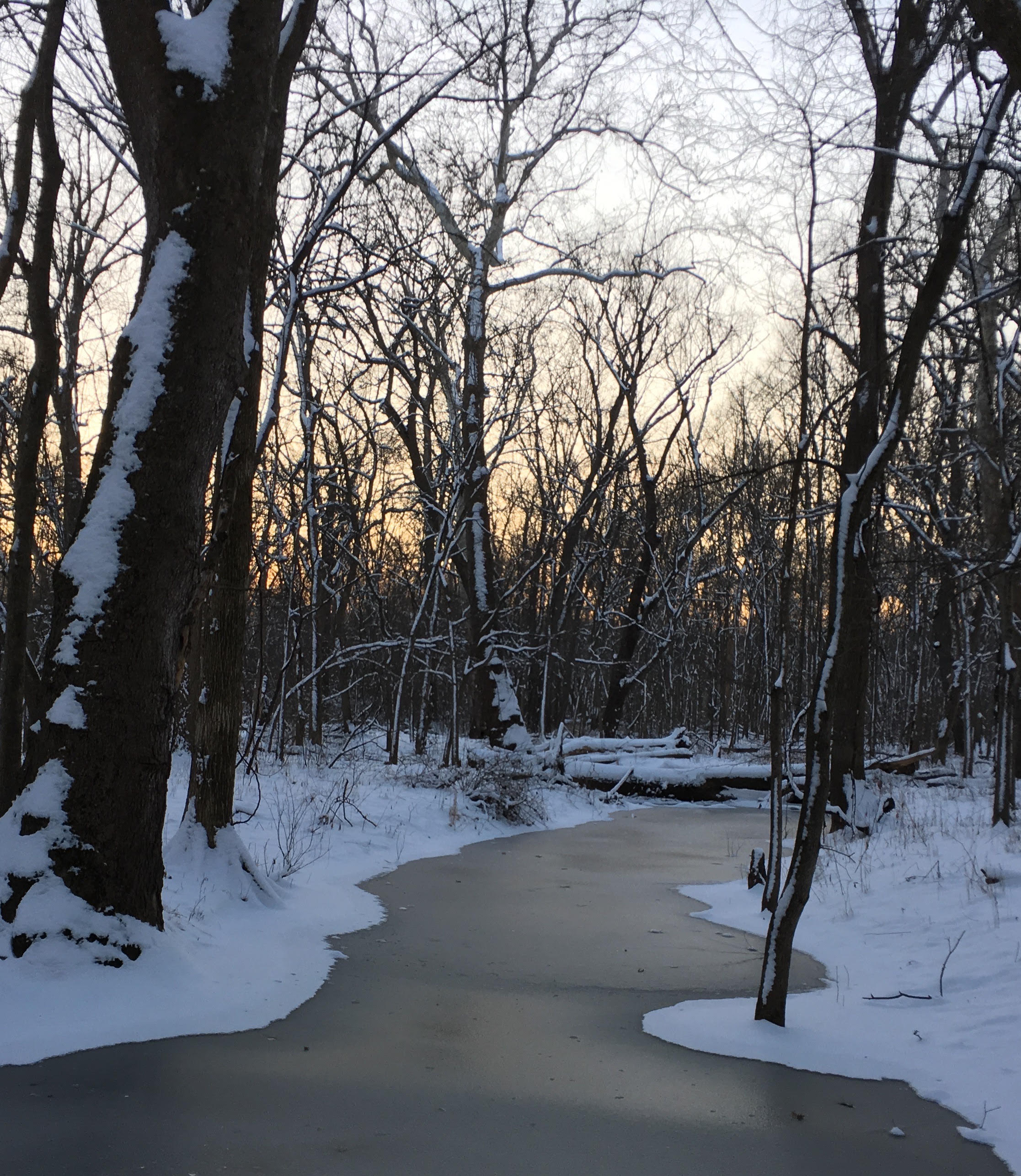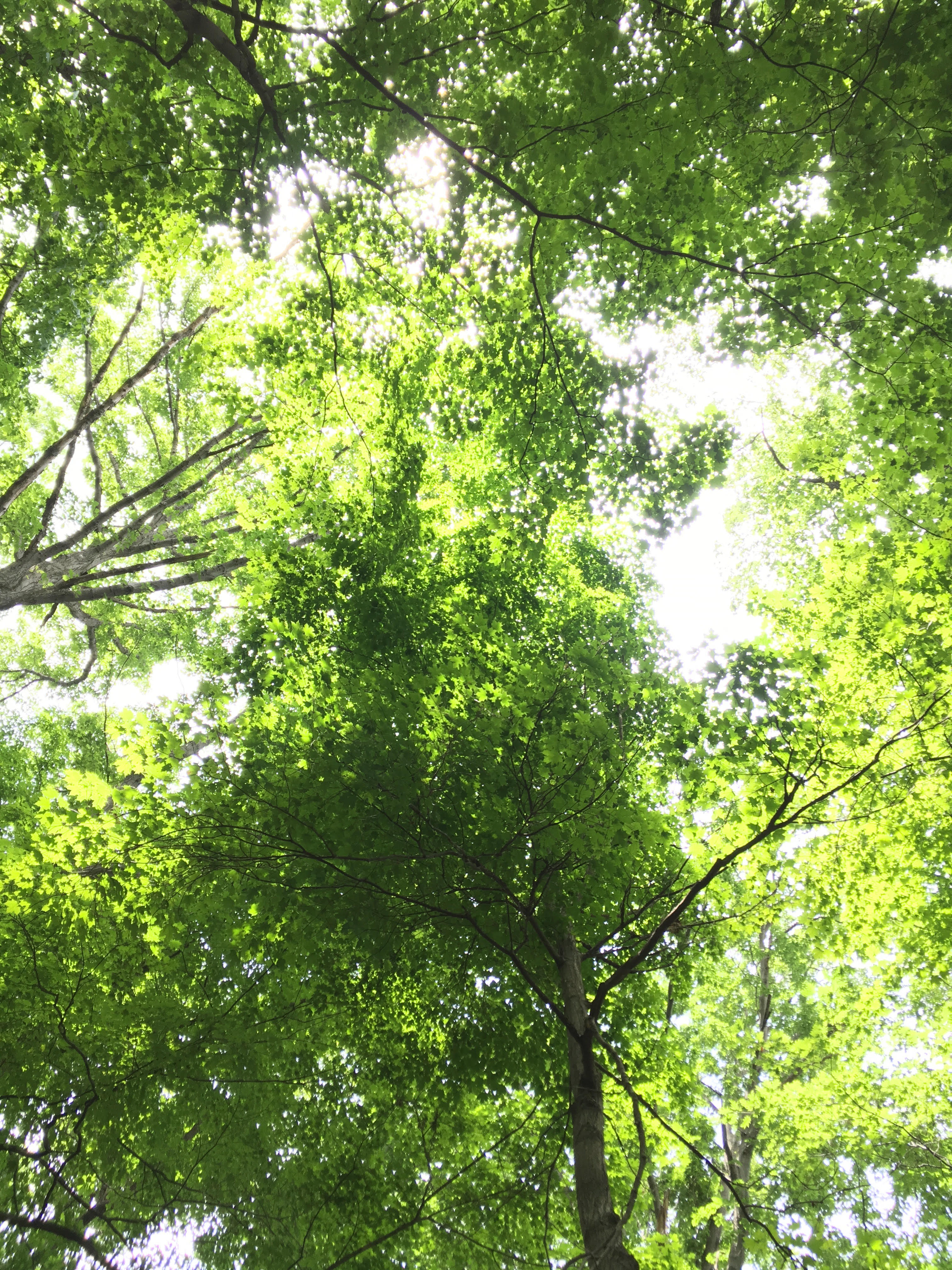
The smell of crisp air, the crunch of fallen leaves, the rustling of the wind.… Whether strolling through a local city park or wandering through a vast sea of trees in the great northern forests, the feeling of being immersed in wilderness — the sense of oneness with nature — represents an innate human desire.
Luckily for us, nature in Wisconsin is usually close by, as almost every part of the state has been endowed with awe-inspiring natural beauty, wilderness, and wildlife. And Wisconsinites can enjoy these outdoors, from the hills of the Driftless Area to the breathtaking coast of Lake Michigan, in part due to its extensive state park system, which consists of 69 outdoor state park properties and recreation areas, 41 state trails covering more than 1700 miles, and over 800 square miles of state forests.
In recent years, however, Governor Scott Walker has threatened Wisconsin’s state park system, meaning our proud tradition of science-based natural resource management is under attack. He’s sought to sell state lands to private developers, to weaken pollution laws, to loosen mining and development regulations, and to emphasize trophy hunting at the expense of other types of recreation. As a result, we must take action to defend Wisconsin from these attacks.
Why should we protect our state parks?
1) State parks help boost the economy. They create jobs for Wisconsin residents, generate income for nearby businesses, attract tourists to the state, and provide revenue for the state government. Visitors to state parks directly spend money on admission, licensing, and equipment rental, but also indirectly at local hotels, restaurants, bars, and stores. Each year, Wisconsin state parks generate over 1.5 billion dollars in economic activity. And in 2015, visitors to the Wisconsin State Park System led to over 13,000 local jobs and $550 million in income for Wisconsin residents. At Devil’s Lake State Park alone, visitors spent more than $120 million, which supports and strengthens the local economy. State parks and other public lands are one of they key motivators for travel and tourism to rural areas, greatly benefitting these communities.
 Parks also boost property values. One study showed that a greenbelt added $5.4 million to the total property values of one neighborhood. That generated $500,000 per year in additional potential property taxes, enough to cover the purchase price of the greenbelt in only three years. Parks also lead to a greater demand for nearby housing — in a recent survey, 50 percent of people said they would be willing to pay 10 percent more for a house located near a park or other protected open space.
Parks also boost property values. One study showed that a greenbelt added $5.4 million to the total property values of one neighborhood. That generated $500,000 per year in additional potential property taxes, enough to cover the purchase price of the greenbelt in only three years. Parks also lead to a greater demand for nearby housing — in a recent survey, 50 percent of people said they would be willing to pay 10 percent more for a house located near a park or other protected open space.
2) State parks promote public health and wellbeing. People generally feel better and less stressed around nature, and they increase the quality of life in rural areas. In one study, residents with even limitedviews of trees or grass from their apartments reported less mental fatigue, less procrastination in dealing with life issues, and being more optimistic about their problems than residents with no views of nature. People who live near green spaces also report less mental distress, even after accounting for other factors like income and level of education. In the Netherlands, researchers found that people living near green spaces had less depression and anxiety. Researchers in Japan also found that walking in nature lowers stress levels, and in California they found that it lowers depressive thoughts. Even one study of teenage males showed that walking in an urban park improved mood and decreased negative feelings and anxiety.
Nature offers more than just mental health benefits — it improves physical health as well. In the same study in the Netherlands, researchers found that people living near green spaces had a lower rate of heart disease, diabetes, asthma, and migraines. Views of trees even help hospital patients heal — a review of ten years of medical records showed that patients with tree views had shorter hospitalizations and less need for painkillers, compared to patients with brick-wall views. In Toronto, even living on blocks with more trees was associated with increased heart and metabolic health. Nature and green spaces have also been found to improve cognitive function, decrease blood pressure, and even lower overall mortality.

State parks also offer prime areas for exercise and recreational activities, including running, hiking, biking, rock climbing, and skiing. Exercise has its own lengthy list of health benefits, and state parks and trails represent the ideal setting. These types of recreational activities are also associated with stress relief, anxiety reduction, mood elevation, and even social bonding.
3) State parks preserve habitats for an array of native Wisconsin species. Wisconsin is home to about 1800 plant species, contributing to the biodiversity of our prairies, deciduous woodlands, and boreal forests. At one point, almost all of Wisconsin was covered with old-growth forests (mature forests at least 120 years old). Today, unfortunately, almost none of it is left. Of the woods that do remain, only about 1 percent are old-growth forests. The good news is that our state parks represent a significant opportunity to regrow Wisconsin’s mature forests. In order to do that, they need to be protected and ecological diversity needs to be preserved and encouraged.
Over 650 vertebrates (animals with backbones) have also been identified in Wisconsin, including rare animals like the gray wolf, Canadian lynx, peregrine falcon, and many endangered species of bats. State parks act as key habitats for these animals, many of which are categorized as threatened or endangered in Wisconsin. (For more information on gray wolves in Wisconsin, continue reading below).
How can we protect Wisconsin’s natural resources?
Through our Campaign to Protect Native Forest and Wildlife, we aim to restore science-based management of natural resources; to ensure that a broad set of recreational uses are welcomed on public lands and waters; and to protect cherished water, land, and wildlife for generations to come. Here are some other steps we can take:

1) Promote the economic and environmental benefits of low-impact outdoor recreation. This category includes increasingly popular activities such as wildlife watching, hiking, running, biking, kayaking, and more. And not only are these activities not harmful to the forests and wildlife, but they offer public health benefits too, as outlined earlier.
2) Work to elevate the profile of responsible hunters and anglers who oppose extreme unscientific policies that jeopardize resources and exclude other forms of recreation.
3) Support science-based deer management policies that aim to protect public health, reduce disease, and maintain natural tree regeneration.
4) Volunteer! Reach out to get involved with our team, click here to fill out our volunteer form.